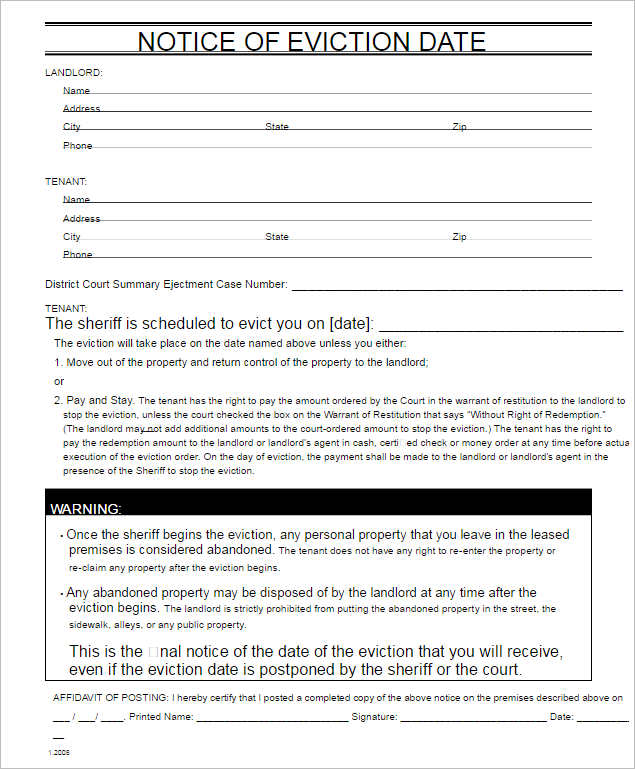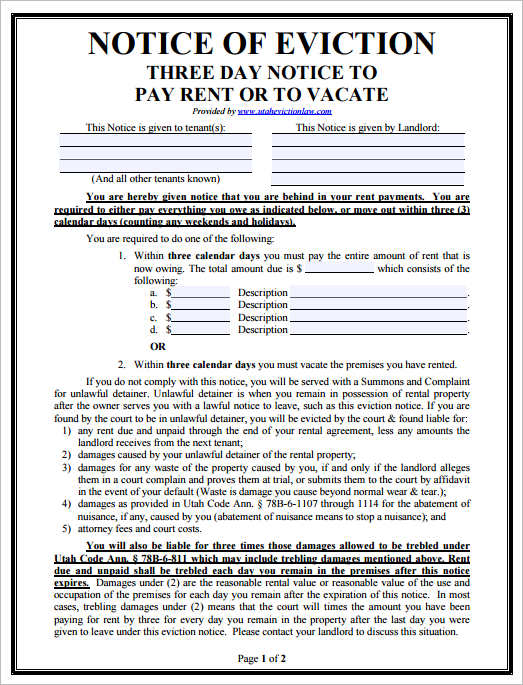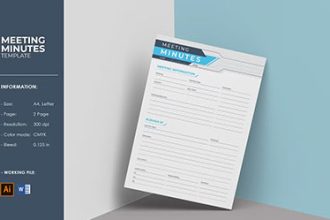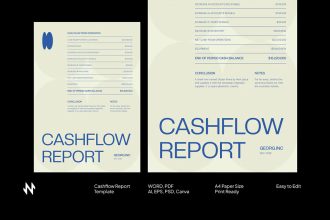In the realm of property management, eviction is a serious and often legally complex process. Landlords must follow specific procedures and regulations when evicting tenants to avoid potential legal complications. One essential document in this process is the eviction notice. In this article, we explore the significance of eviction notice templates, their components, and best practices for their use.
Understanding Eviction Notice Templates
An eviction notice template is a standardized document used by landlords to formally notify tenants of their intention to terminate the tenancy agreement and regain possession of the property. These templates serve as legal documents, outlining the reasons for eviction, the timeline for compliance, and the consequences of non-compliance. By providing a structured format, eviction notice templates ensure that essential information is communicated clearly and in accordance with local laws and regulations.
Components of an Eviction Notice
Eviction notice templates typically include several key components:
- Landlord and Tenant Information: This section identifies the landlord and tenant involved in the eviction process, including their names, addresses, and contact information.
- Reason for Eviction: The notice specifies the reason for eviction, whether it’s non-payment of rent, violation of lease terms, or other breaches of the tenancy agreement.
- Timeline for Compliance: It outlines the deadline by which the tenant must remedy the situation or vacate the premises. This timeline is crucial for ensuring compliance with legal requirements.
- Consequences of Non-Compliance: The notice informs the tenant of the consequences of failing to comply with the eviction notice, which may include legal action and further penalties.
Tailoring to Specific Situations
While eviction notice templates provide a standardized framework, they can be customized to address specific situations and legal requirements. Different jurisdictions may have varying rules regarding eviction procedures, timelines, and required notice periods. Landlords must ensure that the eviction notice template they use complies with local laws and regulations to avoid potential legal challenges.
Best Practices for Using Eviction Notice Templates
When using eviction notice templates, landlords should adhere to the following best practices:
- Consult Legal Counsel: If unsure about the eviction process or legal requirements, landlords should seek guidance from legal professionals familiar with landlord-tenant law in their jurisdiction.
- Maintain Documentation: Keep records of all communication and documentation related to the eviction process, including copies of the eviction notice and any correspondence with the tenant.
- Serve Notice Properly: Follow the proper procedures for serving the eviction notice to the tenant, ensuring that it is delivered in accordance with legal requirements.
Conclusion: Ensuring Compliance and Legal Clarity
Eviction notice templates play a vital role in the eviction process, providing landlords with a structured framework for initiating legal proceedings against non-compliant tenants. By understanding the components of eviction notice templates and adhering to best practices, landlords can navigate the eviction process with confidence, ensuring compliance with legal requirements and protecting their rights as property owners.





























